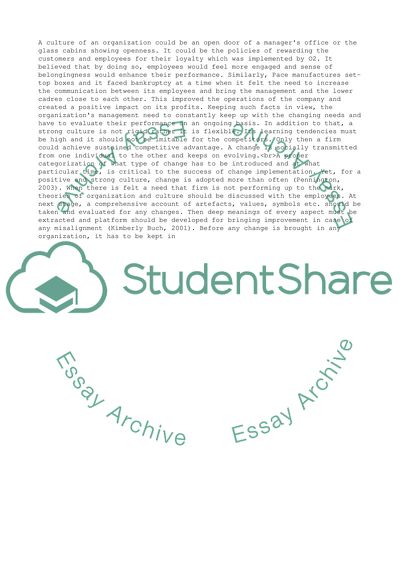Cite this document
(Self reflection 03021 Essay Example | Topics and Well Written Essays - 2250 words - 1, n.d.)
Self reflection 03021 Essay Example | Topics and Well Written Essays - 2250 words - 1. https://studentshare.org/management/1865698-self-reflection-03021
Self reflection 03021 Essay Example | Topics and Well Written Essays - 2250 words - 1. https://studentshare.org/management/1865698-self-reflection-03021
(Self Reflection 03021 Essay Example | Topics and Well Written Essays - 2250 Words - 1)
Self Reflection 03021 Essay Example | Topics and Well Written Essays - 2250 Words - 1. https://studentshare.org/management/1865698-self-reflection-03021.
Self Reflection 03021 Essay Example | Topics and Well Written Essays - 2250 Words - 1. https://studentshare.org/management/1865698-self-reflection-03021.
“Self Reflection 03021 Essay Example | Topics and Well Written Essays - 2250 Words - 1”. https://studentshare.org/management/1865698-self-reflection-03021.


